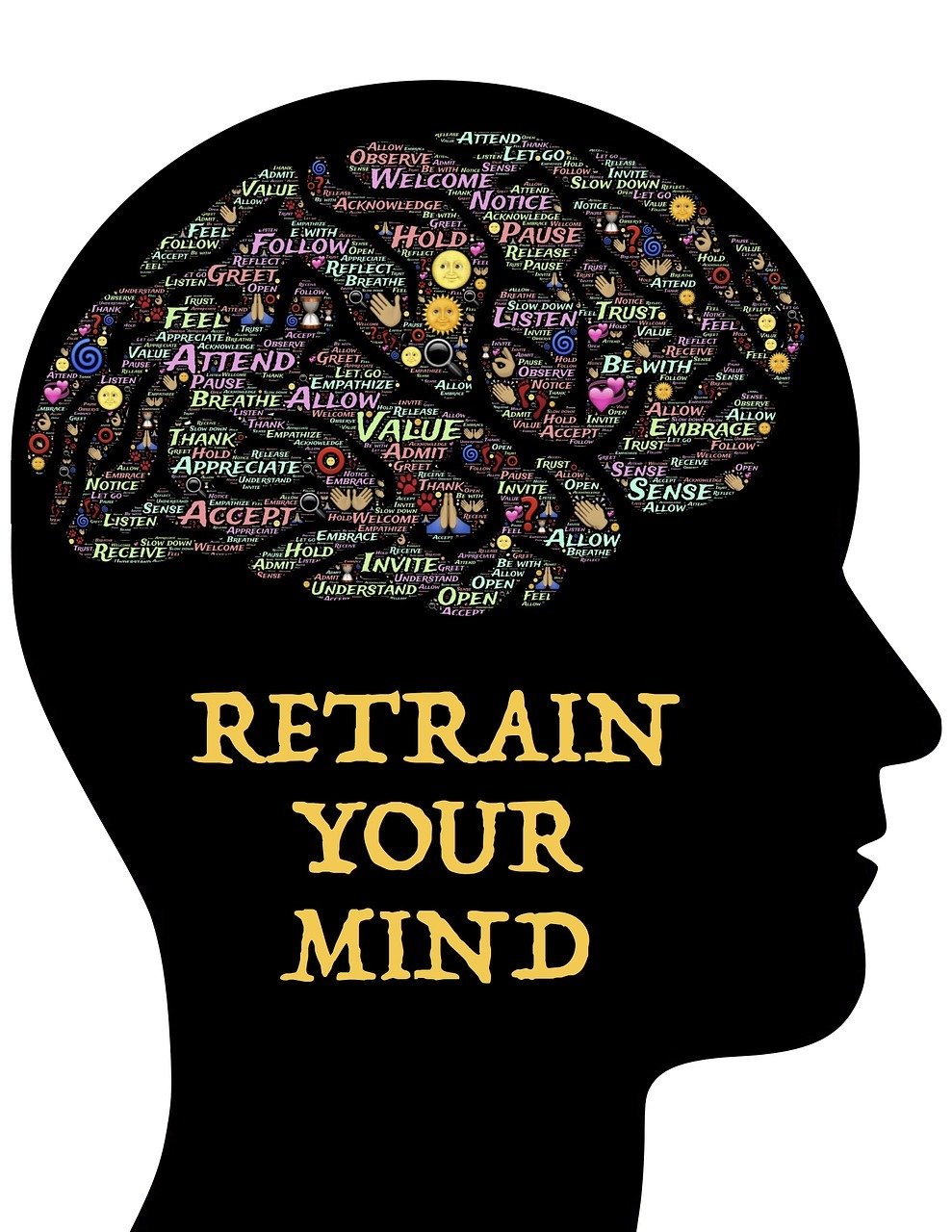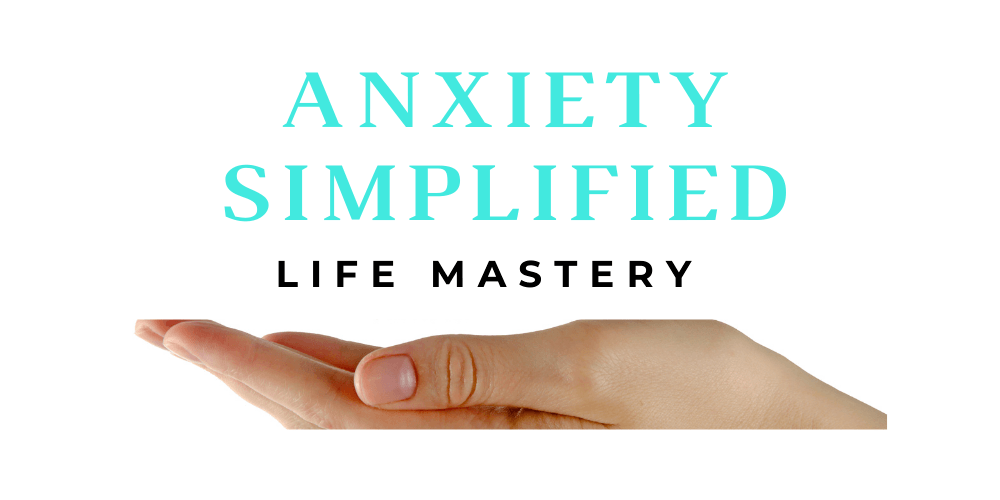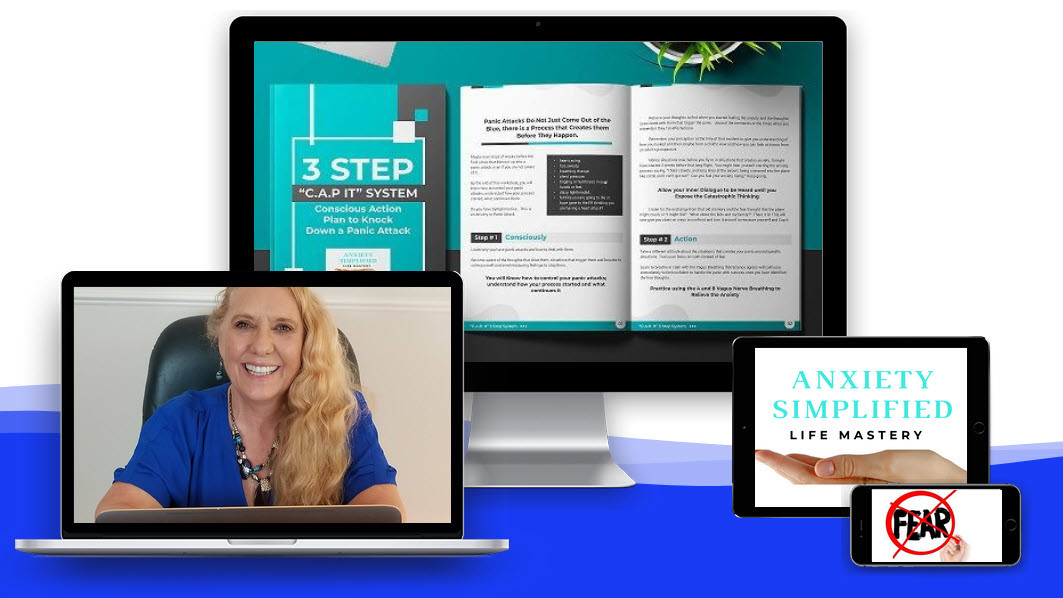Fear is a typical PTSD or post-traumatic stress disorder symptom.
If you experience severe fear that comes on abruptly, you may be experiencing a PTSD panic attack. This unexpected panic may occur without warning or for no apparent reason. A panic attack may also occur if something reminds you of your past traumatic experience.
Traumatic incidents can result to long-term consequences for your mental health. If you've been in a serious accident, violent assault, or active combat, you may have a continuing emotional response for days. It may even last for weeks. However, if you've been dogged by trauma for months or years, you may have post-traumatic stress disorder, or known simply as PTSD.
PTSD is different from other types of anxiety by episodes that are delayed past traumatic stress reactions. These episodes are terrifying when they happen, but they can be controlled effectively with correct therapy.

1
What Occurs During a PTSD Attack?
A PTSD episode is distinguished by emotions of anxiety and panic, as well as flashbacks and sudden, vivid memories of a traumatic incident in the past. These memories are frequently accompanied by sensory sensations; sights, sounds, and even scents from the incident may return, as if they were happening right now.
When you perceive immediate danger, your brain goes into alarm mode: your pulse rate increases, you sweat abundantly, and your breathing rate increases. The sensation is all-encompassing, strong, and frequently incapacitating.
Stop Panic Attacks Now
This course is video based to be able to re listen to over and over again with a workbook to follow again or reuse you conquer one trigger you can see your progress to feel you can do this!
2
How to Get Out of a PTSD Attack
While you may feel helpless during an episode, there are a number of things you can try to assist you get out of the harrowing episode.
Take a deep breath.
When you are anxious, you tend to take rapid, shallow breaths, which can aggravate the symptoms of a severe PTSD episode. Slow, deep breathing helps lessen your heart rate and sensations of panic, while also restoring the normal flow of oxygen throughout your body. This way, you get back to your senses within a short period of time.
You should talk yourself down.
Tell yourself that the sensations you're having aren't real, that they're just memories from the past if you're having a flashback. Remind yourself that you are safe and in command in your current situation.
Get yourself moving!
Running, jumping or bouncing, or walking around can help you get out of a terrifying episode by bringing you back to the present moment and breaking your body's stress response. It can also help by releasing endorphins (also known as the happy hormones) that can, in turn, boost your mood.
Make connections with other people.
Reach out to caring friends and family members who can provide support, listen to your worries, remind you of what the reality is, and reassure you that you're not going through the ordeal alone. You have people to rely on for help, whenever you feel like giving up.
Maintain a healthy lifestyle to help you manage your PTSD.
While post-traumatic stress disorder episodes are not always avoidable, there are techniques available that can help you limit their severity and frequency. Developing healthy behaviors and learning about your symptoms can help you live a better life overall. These include the following strategies:

3
Are There Other Things I Can Do To Avoid a PTSD Panic Attack?
Avoid triggers.
There are triggers that remind you of your past traumatic experience. these might come in the form of thoughts, feelings, or even disturbing news reports. Try to avoid particular triggers for your PTSD episodes if you can identify them.
Take good care of yourself.
Self-care is important because a healthy mind and body can respond to and recover from traumatic stress reactions. Eat a well-balanced and healthy diet, exercise regularly, get enough sleep, avoid drugs and alcohol, and set aside time to unwind.
Perform mindfulness practices.
Developing a regular meditation practice can train your brain to calm down and focus, lowering the symptoms of PTSD episodes. According to a study published in Military Medicine, starting with 20-minute meditation sessions twice a day is a good place to start.
Seek the help of professionals.
PTSD does not usually go away on its own. However, with the assistance of a skilled, professional therapist, you will be able to work through traumatic memories, identify triggers, and create coping mechanisms to overcome PTSD in the long run.
Undergo PTSD therapy.
You do not have to suffer alone from the incapacitating consequences of post-traumatic stress disorder. There are facilities that can help people suffering from PTSD. They provide comprehensive and tailored PTSD treatment, including one-on-one psychotherapy, support groups, medication management, and aftercare.
4
How Might Family Members React to Loved Ones with PTSD?
Partners, friends, and family members may feel betrayed, isolated, or depressed because the victim has not recovered from the traumatic experience. Family members may become resentful or distant from the survivor. They may feel pressed, tense, and under control.
The symptoms of a survivor can make a loved one feel as if he or she is living in a battle zone or is constantly in danger. Living with someone who has PTSD can occasionally cause the partner to experience some of the same symptoms.
To summarize, a person who has experienced trauma may exhibit several common reactions. These reactions have an impact on those around the survivor. The survivor's behavior is then reacted to by family, friends, and others. This, in turn, affects the person who experienced the trauma.

Clinically, they are the same thing with the same symptoms, different name. Most clients will say that a panic attack is a more severe anxiety attack. Clinically they are classified a mild, moderate or severe according to the number of symptoms you experience. There are 14 possible symptoms such as; A racing heart, shortness of breath, dizziness, shaking, sweating, smothering, nausea, hot or cold sensation, tingling or numbness in your extremities, feeling faint or light headed or dizzy, feeling detached from reality, or a fear you are dying from the symptoms or feeling things are out of your control or overwhelmed is general when panic attacks happen.
5
How to Prevent and Manage Your PTSD Panic Attacks
Cognitive Behavioral Therapy (commonly referred to simply as CBT) can help with your PTSD symptoms such as panic attacks. Both CBT and self-management of your panic attacks rely on you thinking about what triggers you, and the best strategies to deal with those triggers decisively.
For example, if you know that particular situations make you extremely anxious and may result in a panic attack, you could try breathing exercises and grounding techniques before and throughout the event. The idea would be to establish a sense of peace and safety to counteract the physical manifestations of your fear.
CBT can also help you rearrange your perceptions of danger, and alter your learned responses and linkages. From there, you can gradually minimize the number of panic attacks that you may experience in the future.
Conclusion
PTSD Panic Attacks are common and manageable. However, if your panic episodes become regular or interfere with your life, it is a good idea to seek professional care. You can then concentrate on learning how to calm down after a panic attack, better managing them, and coping with the associated worries.
Stop Panic Attacks Now
This course is video based to be able to re listen to over and over again with a workbook to follow again or reuse you conquer one trigger you can see your progress to feel you can do this!
Click this link to take your first steps out of having panic attacks forever. Take a >Video 3 Step Course on how to Crush Panic Attacks with Joanne Williams, LCSW< Learn from a 30-year mental health professional. In this course, the 2nd step teaches the Vagus breathing, to get that immediate calming.
Contact Joanne Williams for a free 10-minute consultation on you best next step at 760-485-6784.
Disclaimer: This article is by no means a replacement for medical attention

